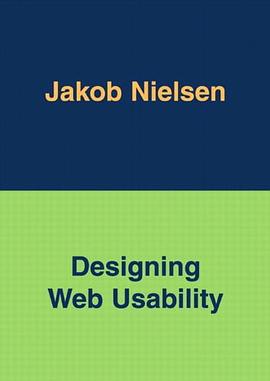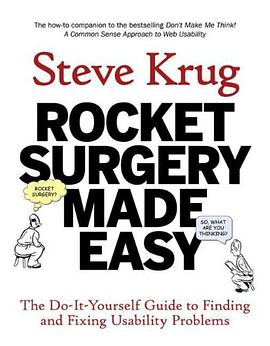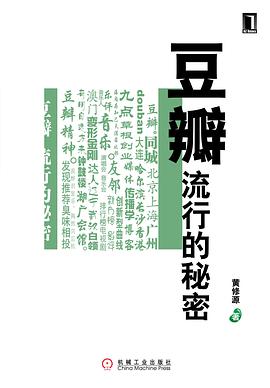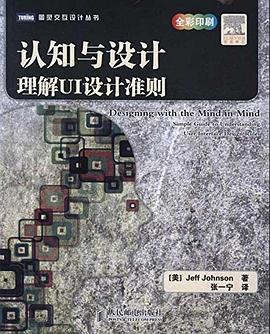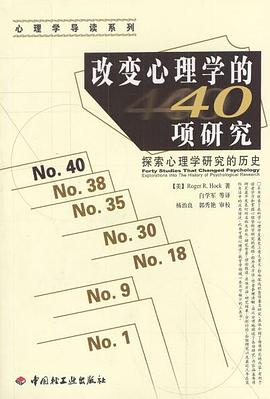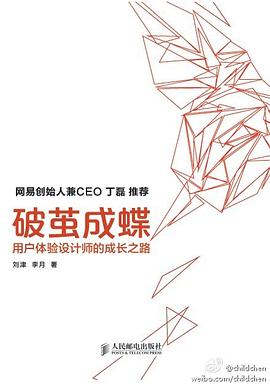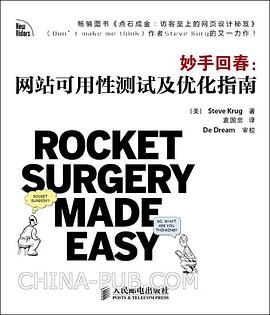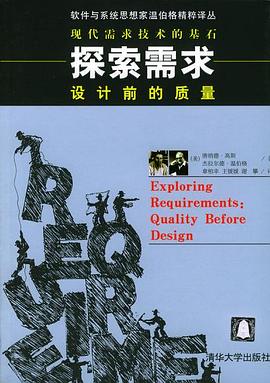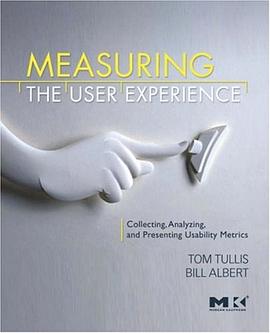

具体描述
Effectively measuring the usability of any product requires choosing the right metric, applying it, and effectively using the information it reveals. Measuring the User Experience provides the first single source of practical information to enable usability professionals and product developers to do just that. Authors Tullis and Albert organize dozens of metrics into six categories: performance, issues-based, self-reported, web navigation, derived, and behavioral/physiological. They explore each metric, considering best methods for collecting, analyzing, and presenting the data. They provide step-by-step guidance for measuring the usability of any type of product using any type of technology.
. Presents criteria for selecting the most appropriate metric for every case
. Takes a product and technology neutral approach
. Presents in-depth case studies to show how organizations have successfully used the metrics and the information they revealed
用户评价
##To data scientists, the most relevant is chapter 2, but overall it covers a wide range of UX study from scratch. Some case studies seem to be outdated.
评分##C4 C4 C6 C7
评分##To data scientists, the most relevant is chapter 2, but overall it covers a wide range of UX study from scratch. Some case studies seem to be outdated.
评分##C4 C4 C6 C7
评分##几个metrics其实挺有用的,算是入门书里很推荐的。
评分##几个metrics其实挺有用的,算是入门书里很推荐的。
评分##重视可操作性,也包含一部分统计内容。适合零基础上手
评分##几个metrics其实挺有用的,算是入门书里很推荐的。
评分已经有2013年第二版了。这本HCI的书居然被归到了杜威303 - Social processes下面。
相关图书
本站所有内容均为互联网搜索引擎提供的公开搜索信息,本站不存储任何数据与内容,任何内容与数据均与本站无关,如有需要请联系相关搜索引擎包括但不限于百度,google,bing,sogou 等
© 2025 book.teaonline.club All Rights Reserved. 图书大百科 版权所有






